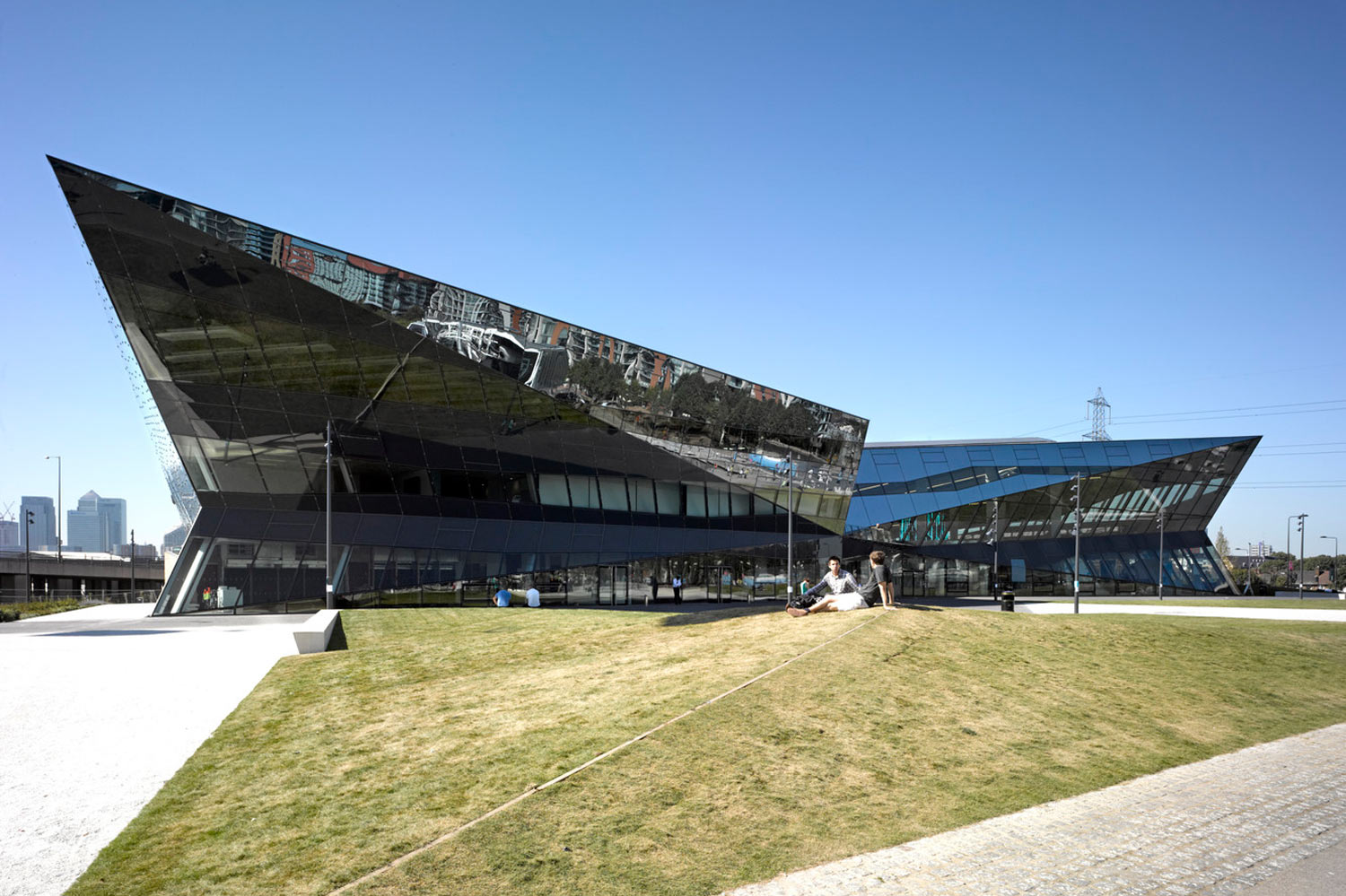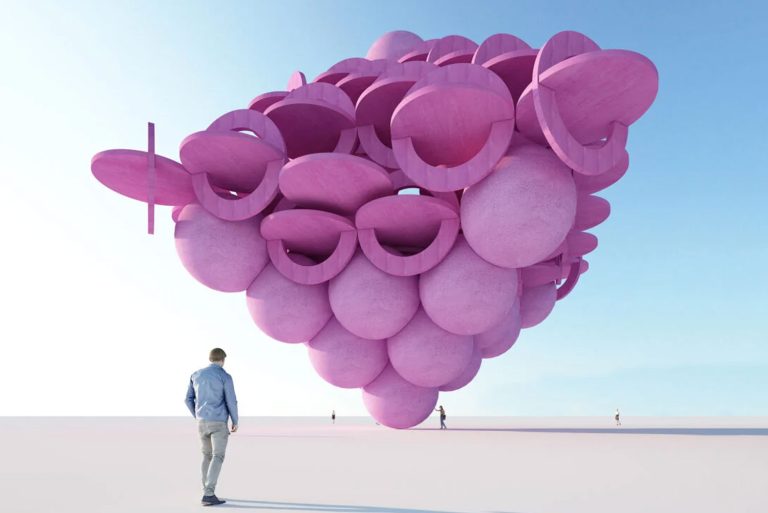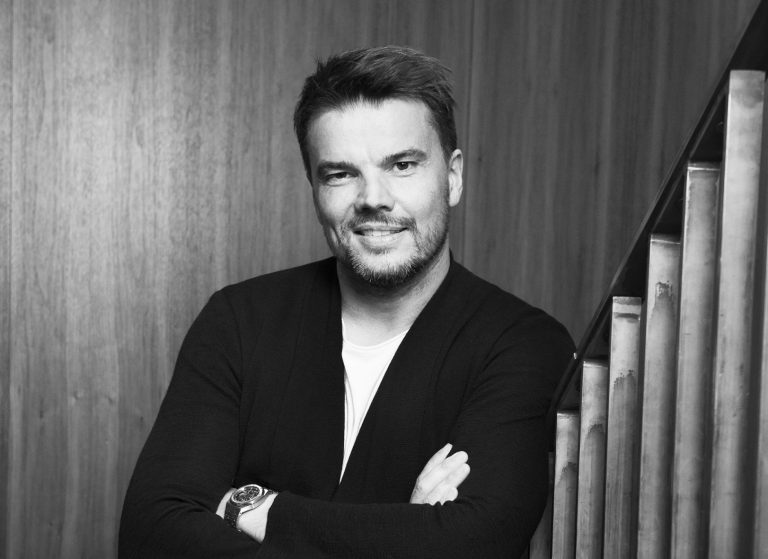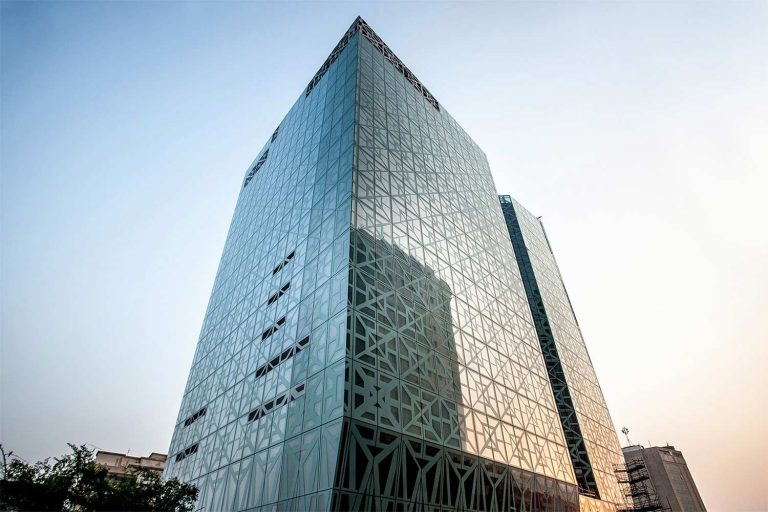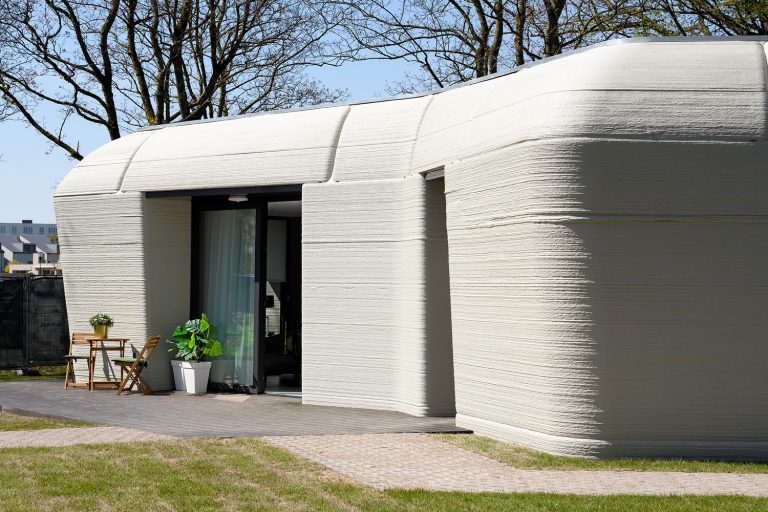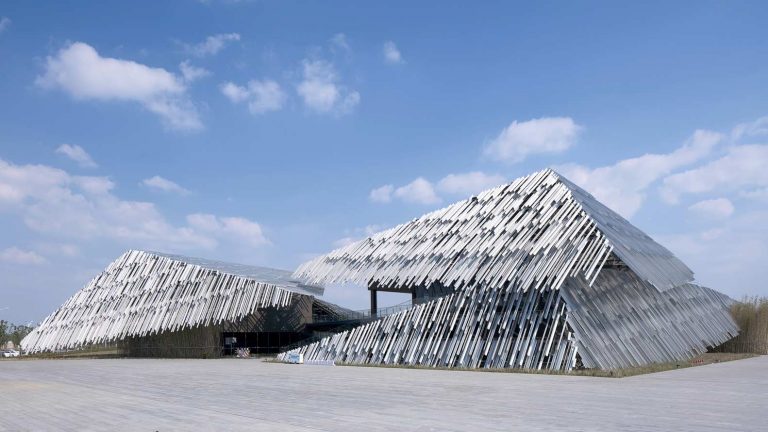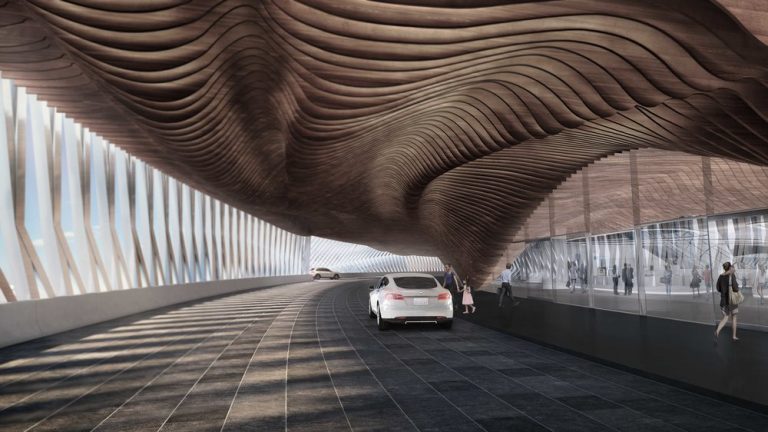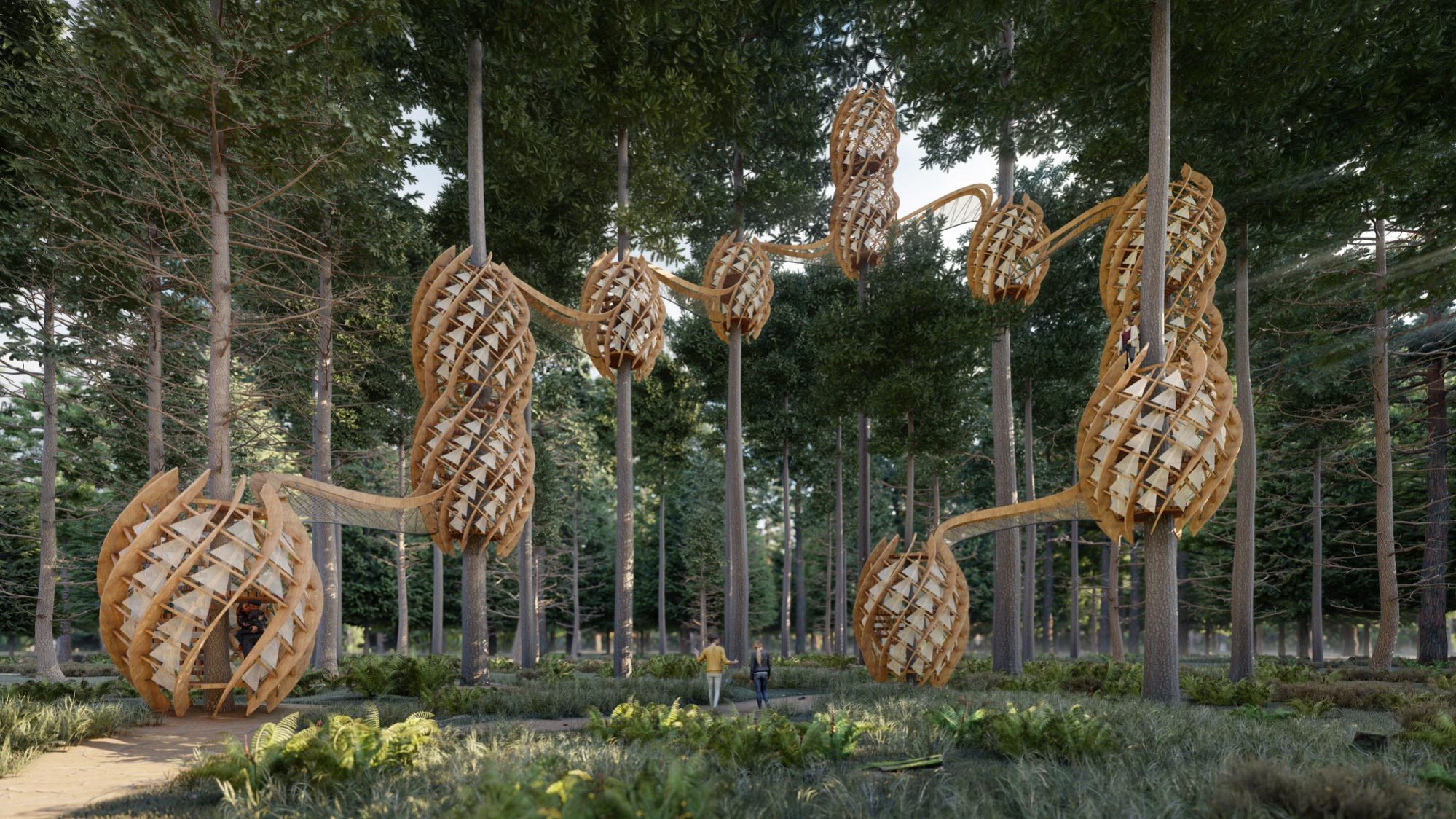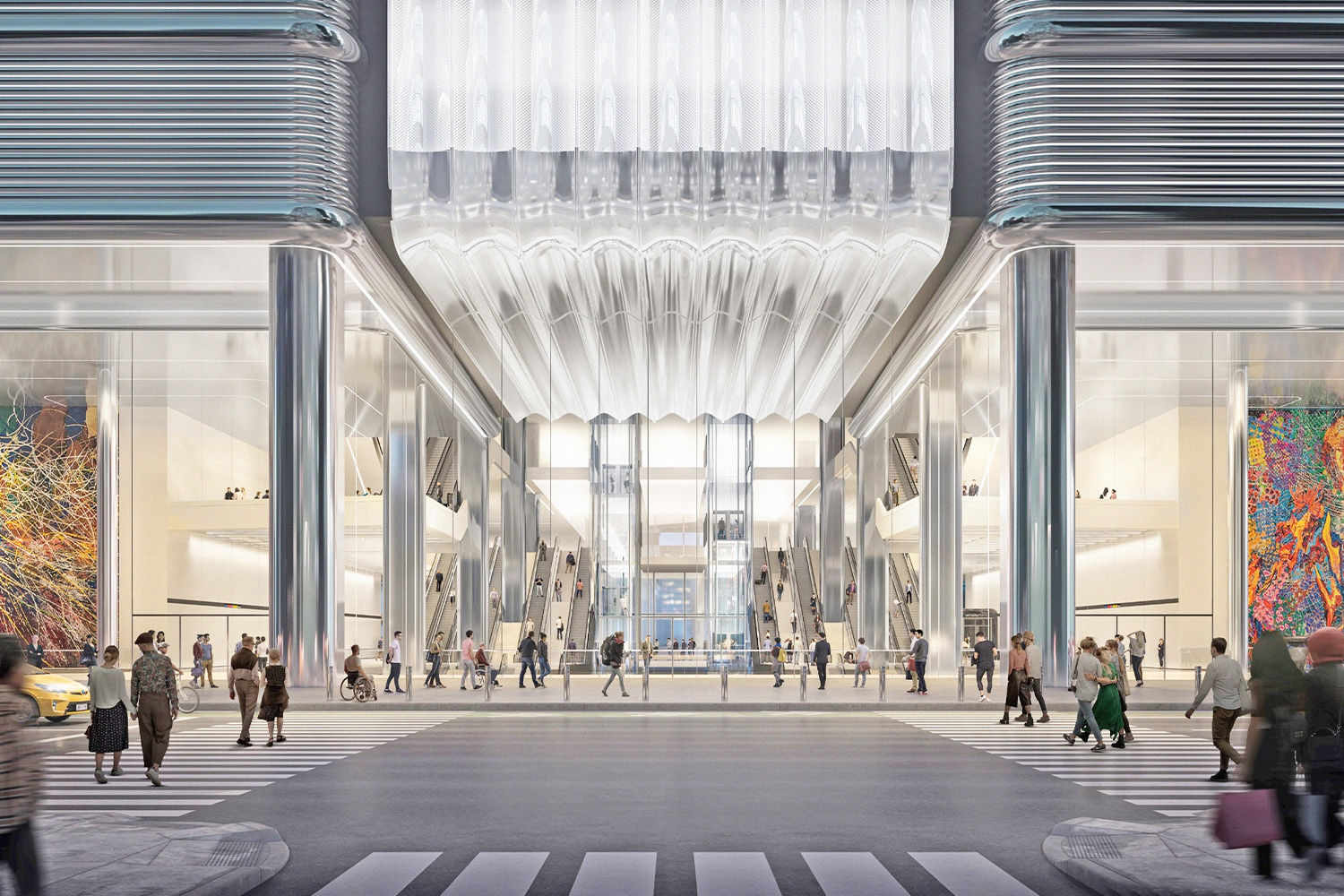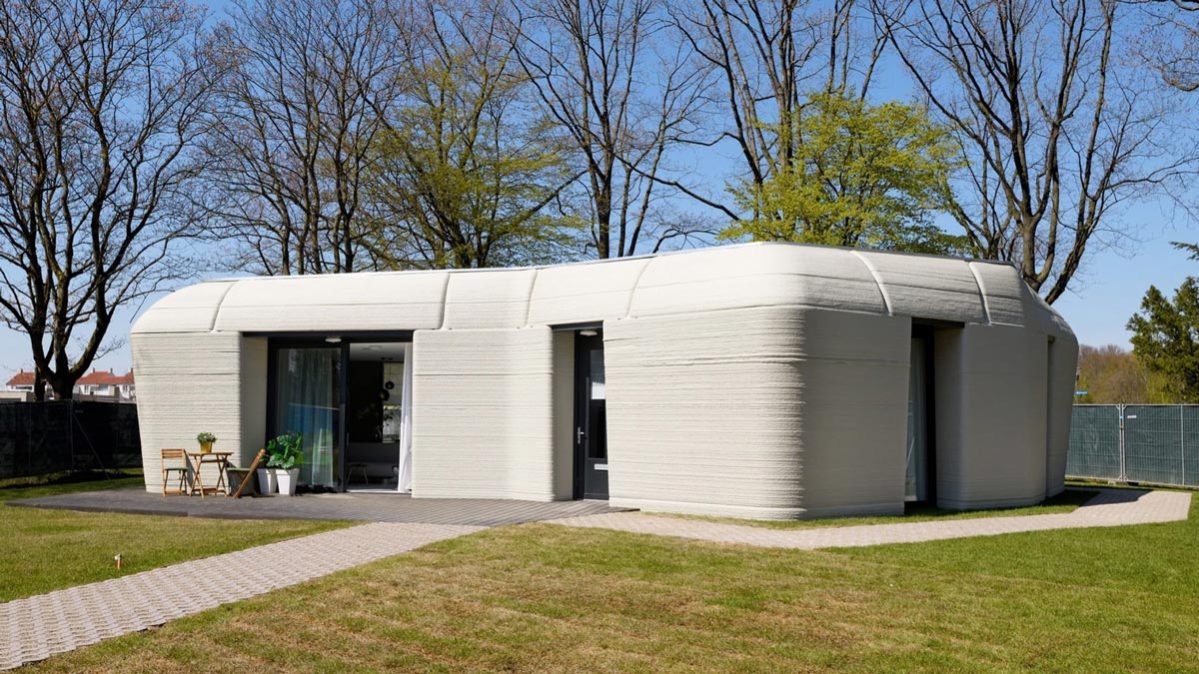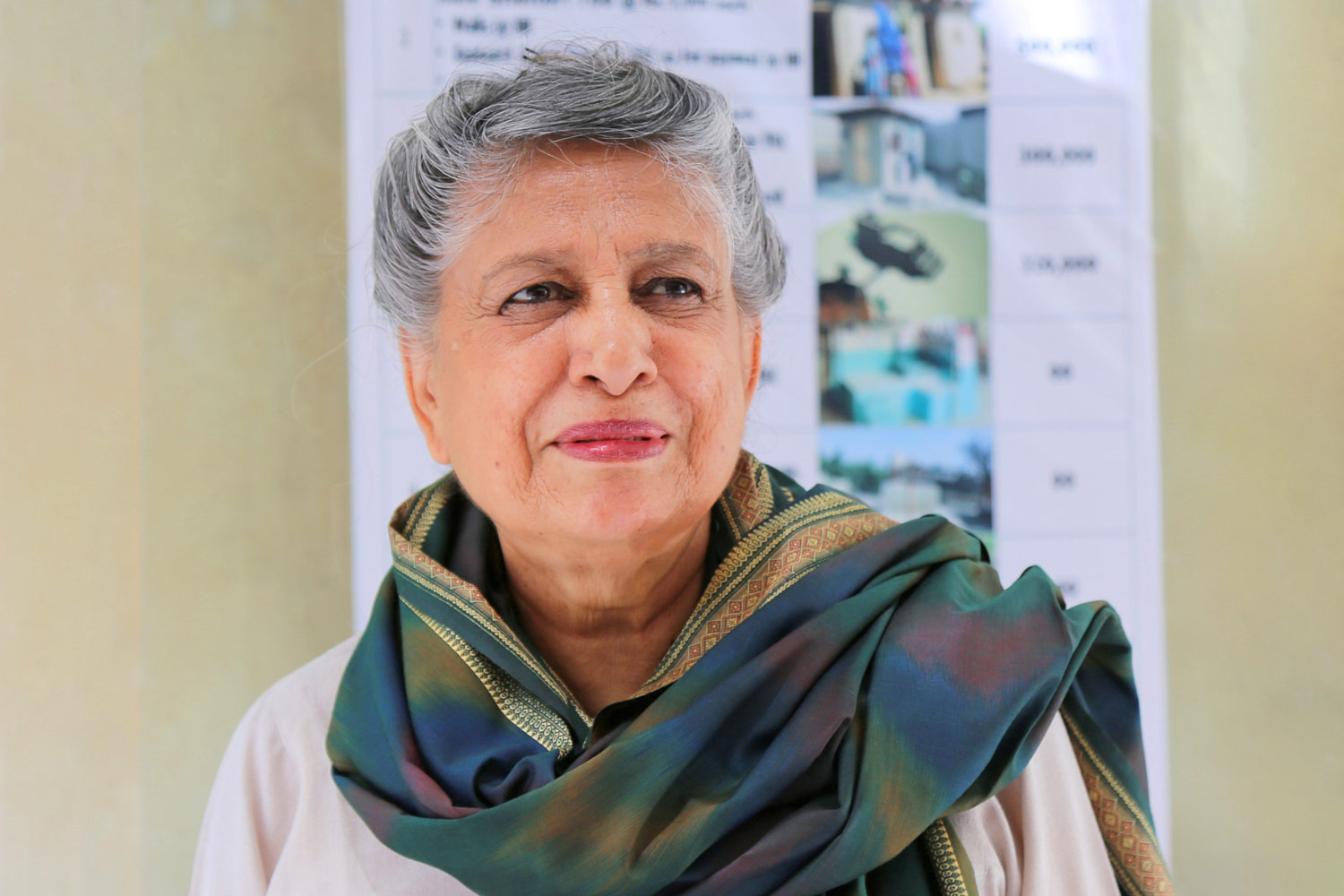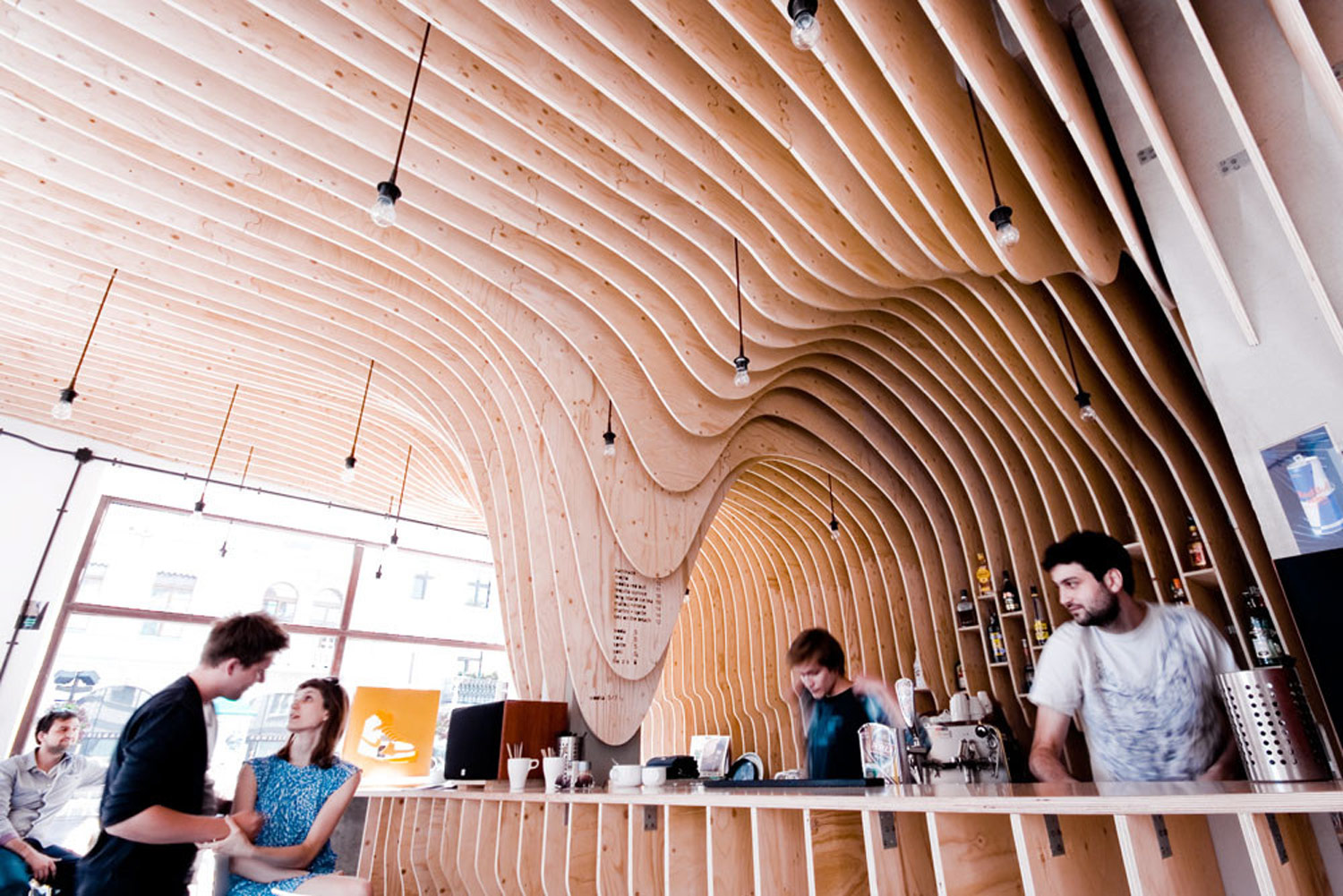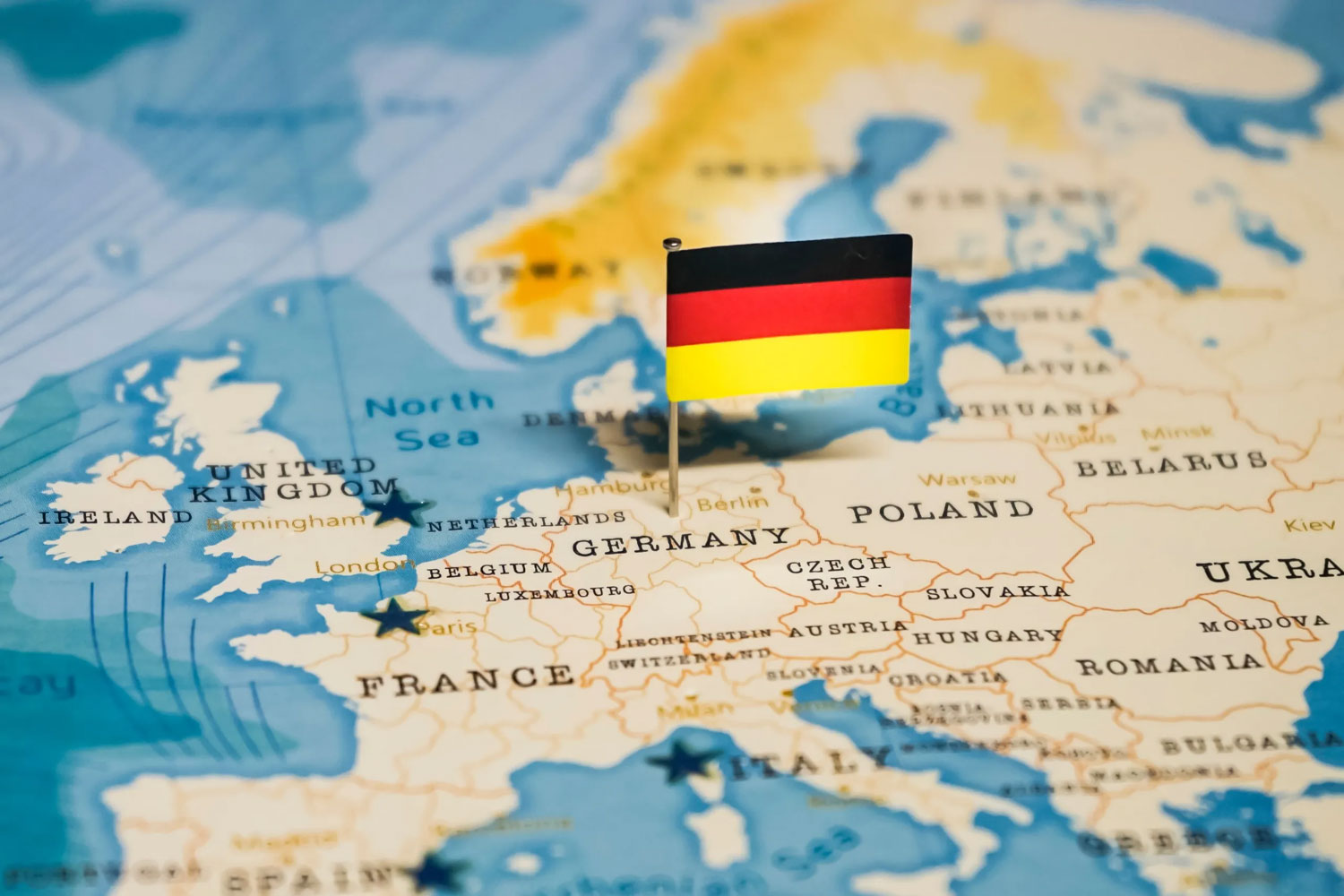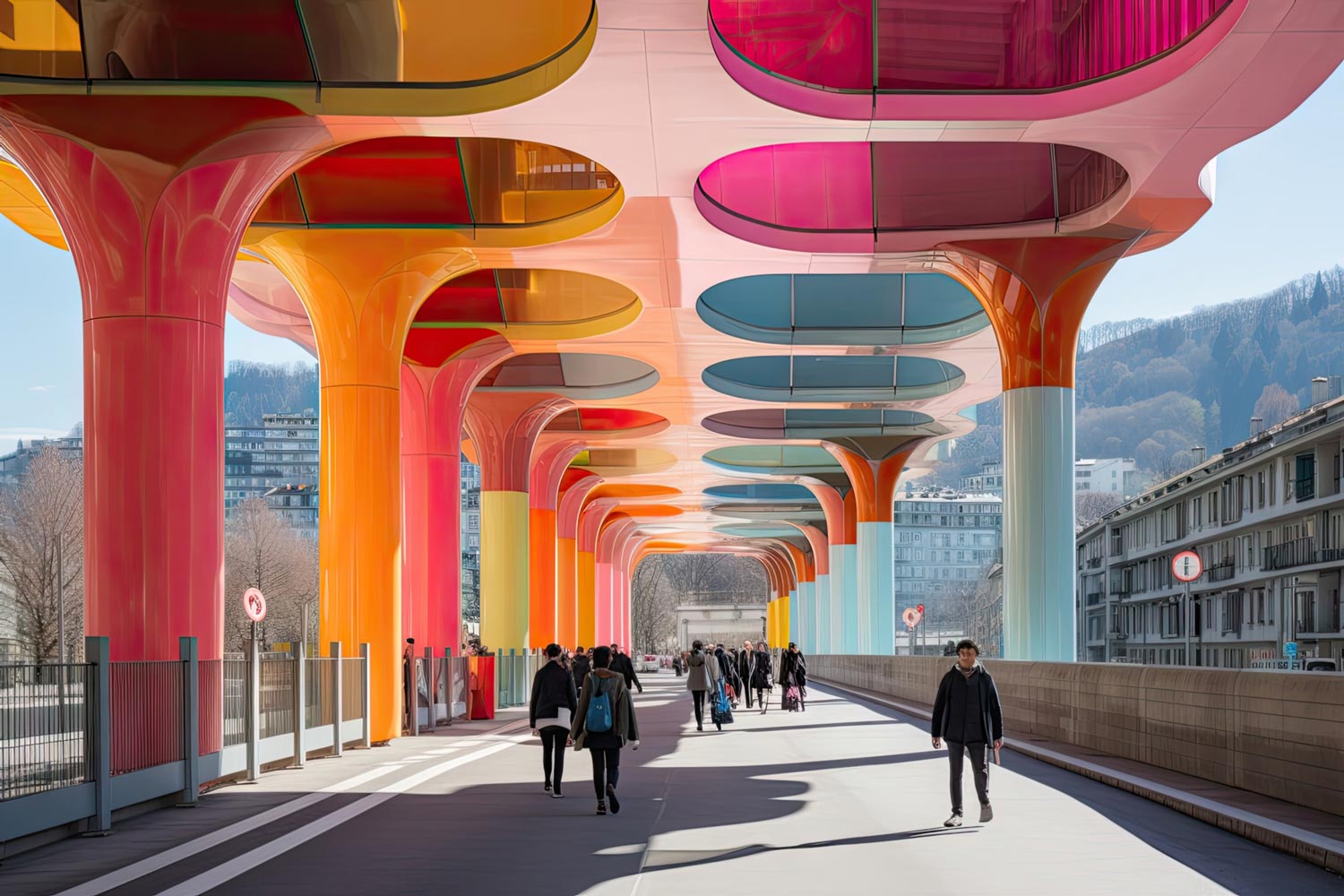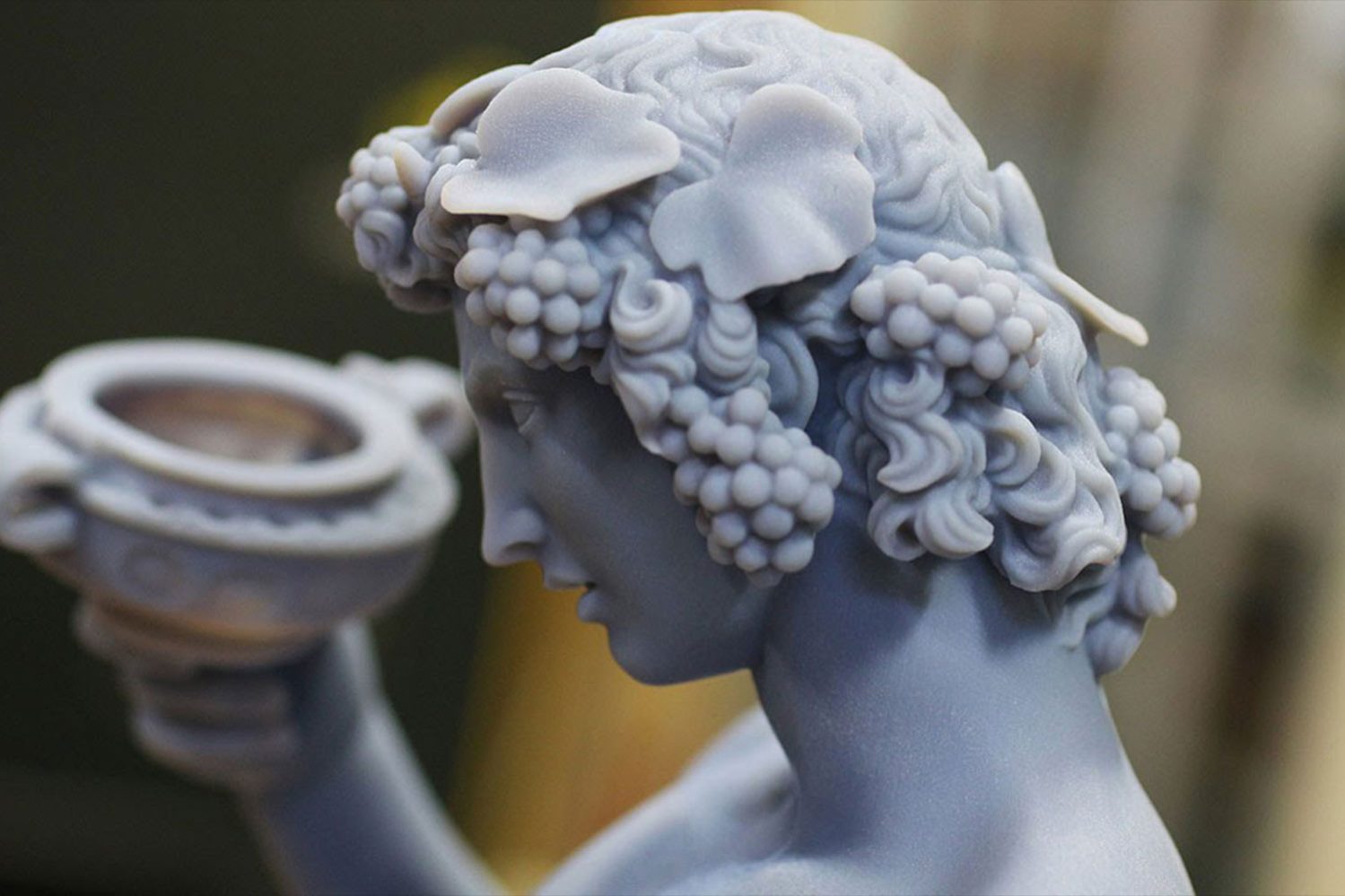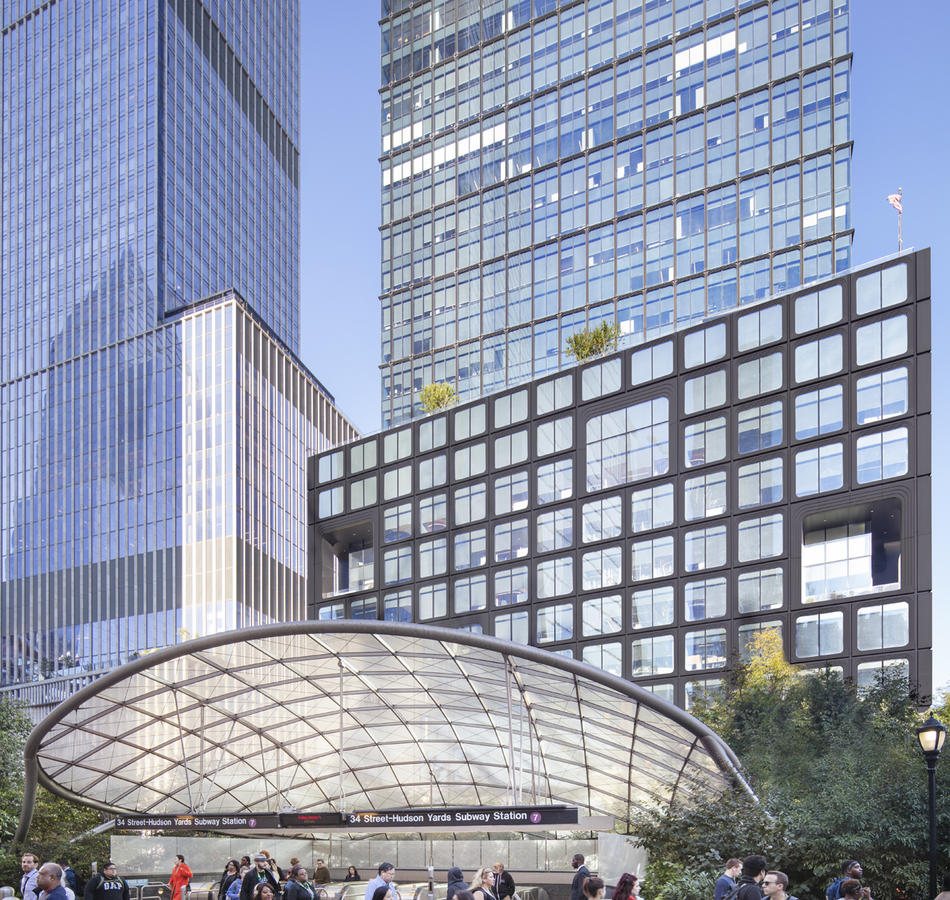
The construction sector is one of the foremost evolving sectors in our society and has a prominent impact on our society, environment, economy, etc. The construction industry has a significant impact on our built environment and community. The building industry can affect individuals on many levels, such as mental health, psychological, etc. The building sector is evolving and significantly contributes to a country’s development. Although the building industry has a positive impact on our society, it harbors a negative impact on our environment. We as humans, are responsible for saving our environment; as architects, we could be responsible for the same through the structures we design and build.
Sustainability and building green are building concepts utilized by several architects and designers, a way of having a lesser impact on the environment. The energy-efficient buildings we design and build are evaluated and certified by LEED (Leadership in Energy and Environmental Design). LEED is a green building rating system developed by the U.S. Green Building Council and each country follows the same ranking system and their local green rank systems all over the world. According to the LEED building rating system, designed buildings are evaluated and awarded points based on sustainability factors such as energy efficiency, sustainability materials utilized, water efficiency, indoor air quality, and carbon emissions. The green buildings designed upon LEED certification are also rated on four ranks accordingly upon evaluation (certified, silver, gold, and platinum).
LEED Certification
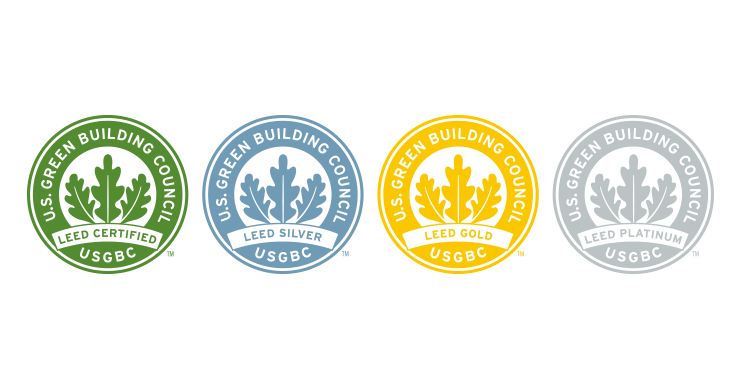
To achieve the LEED certification the green building must be evaluated on various sustainable factors. The building, to gain a LEED Certification, must go through a verification process and be awarded certification levels by GBCI (Green Building Certification Institute) backed by LEED developers USGBC. The evaluated green buildings are certified and ranked on four levels by the LEED ranking system;
- Certified: To receive a certified rank from LEED, the building requires to achieve 40 -49 points.
- Silver: To receive a silver rank from LEED, the building is required to achieve 50 -59 points.
- Gold: To receive a gold rank from LEED, the building is required to achieve 60 -79 points.
- Platinum: To receive a platinum rank from LEED, the building is required to achieve more than 80 points. The Platinum rank is one of the highest ranks a green building can achieve.
LEED Ranking System Objectives
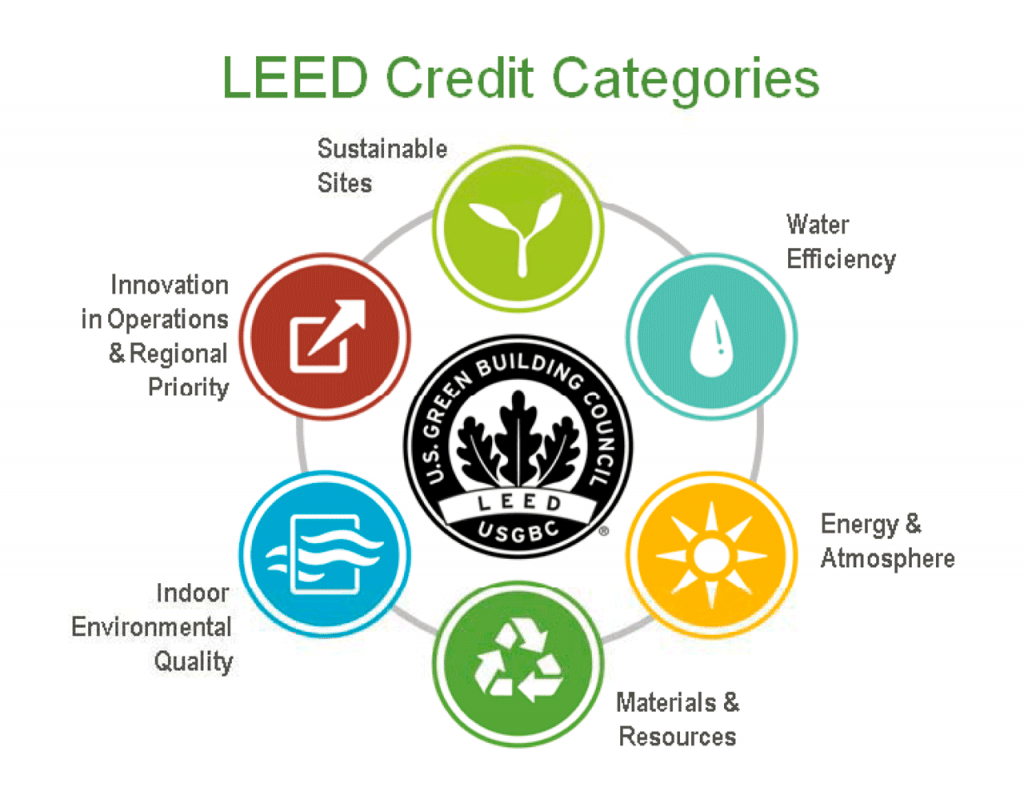
Listed below are some of the primary objectives of LEED’s green building ranking system focuses upon
- To protect our natural resources
- To reduce the urban global climatic impact
- To promote a sustainable and greener economy
- To help create and build environmentally efficient structures
- To develop a framework/standard that helps develop and make designers and people more environmentally and sustainably responsible.
Architecture and green building design all now tend to focus on environmentally green and sustainable aspects. Listed below are eight such inspiring LEED-certified architecture around the world;
1. The Crystal
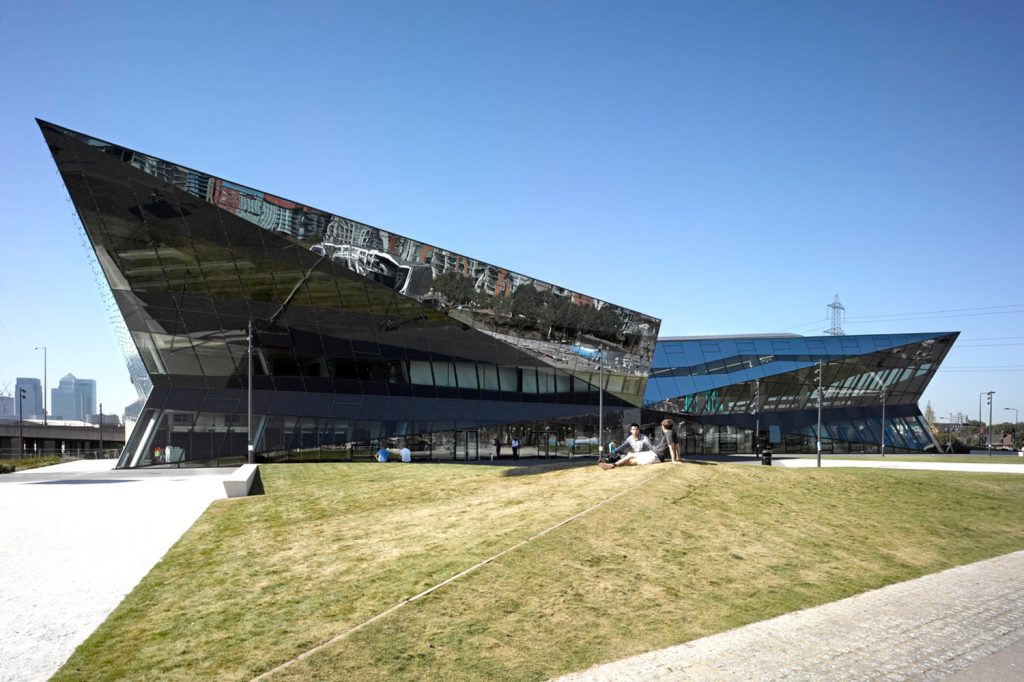
Location: London, UK
LEED Certification: LEED Platinum
Architect: Wilkinson Eyre Architects
The Crystal, designed by Wilkinson Eyre Architects, is considered one of the global urban sustainability landmarks in the world. The structure is certified with the highest green building rating system, “LEED Platinum” certification. It is one of the most sustainable structures in the world, which was completed and opened to the public in the year 2012. The structure is designed to be a global hub for urban sustainability that brings experts, architects, designers, urban planners, and various individuals around the world.
The iconic crystal-shaped architecture primarily aimed to create a significant internal center of excellence for sustainability. The 6,300 square metre mixed-use structure consists of a technology & innovation center, exhibition spaces, and conference spaces. The building certified with the highest LEED rating showcasing smart technological applications is considered an “Electric” building. The structure is integrated with smart sustainable features such as generating energy through solar power, rainwater harvesting, utilizing natural lighting, sustainable landscaping, etc. The building focused on creating a sustainable futuristic structure aimed to act as an inspiration to design buildings in our city that are innovative and sustainable.
2. Vancouver Convention Centre
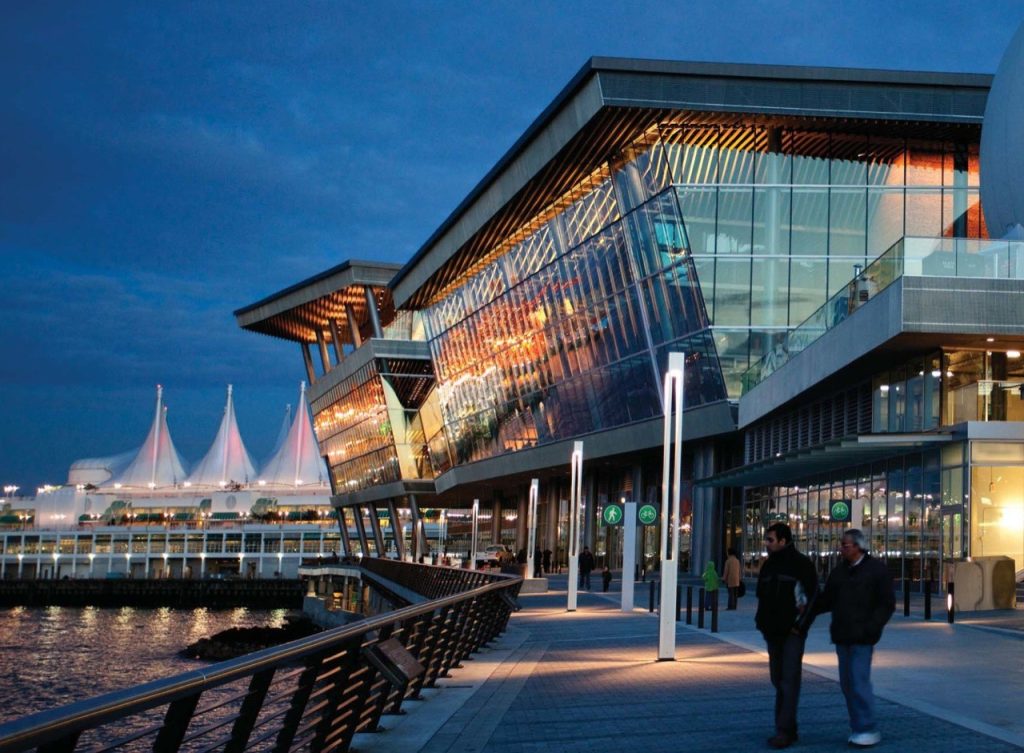
Location: Vancouver, Canada
LEED Certification: LEED V4 Platinum
Architect: LMN Architects, DA Architects and Planners, Musson Cattell Partnership (MCM)
Vancouver Convention Centre, completed in the year 2009, is the world’s first LEED Platinum-rated convention center. The center integrates the natural ecosystem, built environment, and local culture through architecture. The complex structure is situated on a former brownfield site at the downtown waterfront. The project was designed over 14 acres of land and 8 acres projecting over the water surface.
The building seamlessly integrates various disciplines; architecture, urban design, urban planning, and interior architecture. The architecture integrates the community through architecture, creating an urban experience. The convention centre consists of convention, retail, exhibition, public open spaces and plazas, walkways, bikeways, and parking spaces. The waterfront edge is designed with public spaces; restaurants, retail stores, and public art, with future development infrastructure expanding into the water. Smart and sustainable design strategies have made the convention centre with LEED platinum certification. The structure’s living roof is home to various plant species with bees, and the green roof acts as an insulator to maintain the internal building temperature and quality. The design reduces potable water consumption and treats grey and black water. The temperature of the adjacent seawater is utilized for the heat pump system to help regulate interior temperature.
3. Olympic House
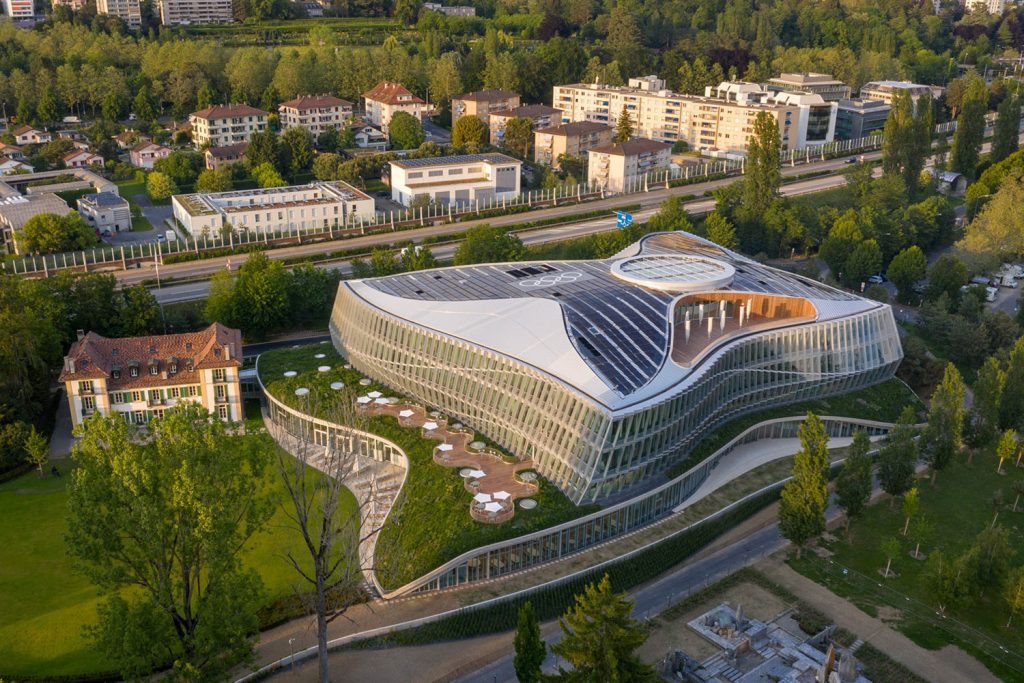
Location: Lausanne, Switzerland
Architect: 3XN Architects, Itten + Brechbuhl
LEED Certification: LEED v4 Platinum
The Olympic House is the new headquarters for the International Olympic Committee (IOC), located within a public space in Switzerland. It is situated within a public park with a historical context containing an eighteenth-century castle, Chateau de Vidy, attracting several public crowds. The structure was designed by the Danish and Swiss architectural firms 3XN Architects and Itten + Brechbuhl. The project aims to bring 500 IOC employees spread over four places across Lausanne bringing them under one single roof.
It is one of the most sustainable architectures in the world, awarded with various green building certifications for its efficient design. The iconic architecture design revolves around the Olympic movement’s primary objectives: flexibility, transparency, movement, sustainability, and collaboration. The design of the Olympic House incorporates nature and landscape through the architecture that has been seamlessly integrated with the public park expanse. The iconic and dynamic exterior facade of the Olympic House is inspired by an athlete’s graceful flow. The exterior façade design is undulating in form that appears differently viewed from various angles, representing the athlete’s energy. The design has maximum utilization of natural light with the fully glazed floor-to-ceiling height doubly skin façade optimizing the structure’s thermal insulation inside. The sustainable design and features have been integrated into the design and construction process (maintaining insulation inside, sunscreen shades by the exterior façade, reducing the building footprint, reducing carbon emission, etc.).
4. One Vanderbilt
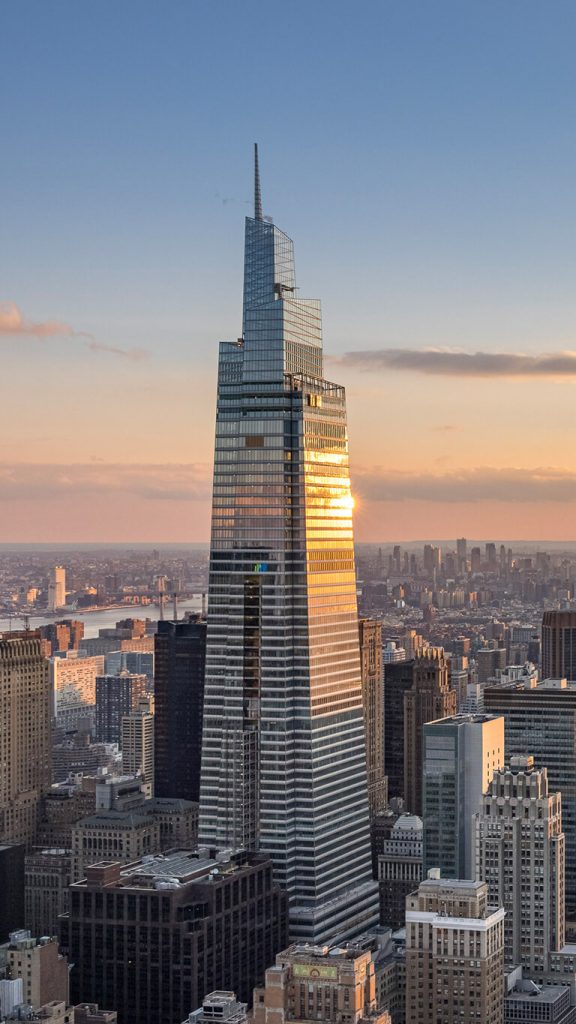
Location: New York, United States
Architect: KPF
LEED Certification: LEED Platinum
One Vanderbilt is one of the tallest office towers defining the Manhattan skyline, known for its sustainable design with innovative construction technology. The iconic tapering form of the structure is considered a landmark tower in their central business district, symbolizing the futuristic evolution. It is an efficient green building awarded with the LEED Platinum certification. The tower is one of the top 30 tallest structures in the world, with a height of 427 meters (1401 feet).
The office tower stands proud as a futuristic architectural landmark in New York completed in 2020. The office tower is seamlessly integrated with the public spaces in and around the structure. The structure is also primarily integrated with the city’s public transportation (Grand Central Station) planned for the public and users. The design of the green tower incorporates sustainable and energy-efficient features using advanced technologies. The entire structural entity of the tower is composed of steel rebar made of 90% recycled materials, creating a resource-efficient structure. Smart and innovative materials and technological advancements were used in designing the green tower. Integrated with green features such as; rainwater harvesting systems, organic material utilization, and high-performance façade glazing maintains the internal temperature.
5. Frick Environmental Centre
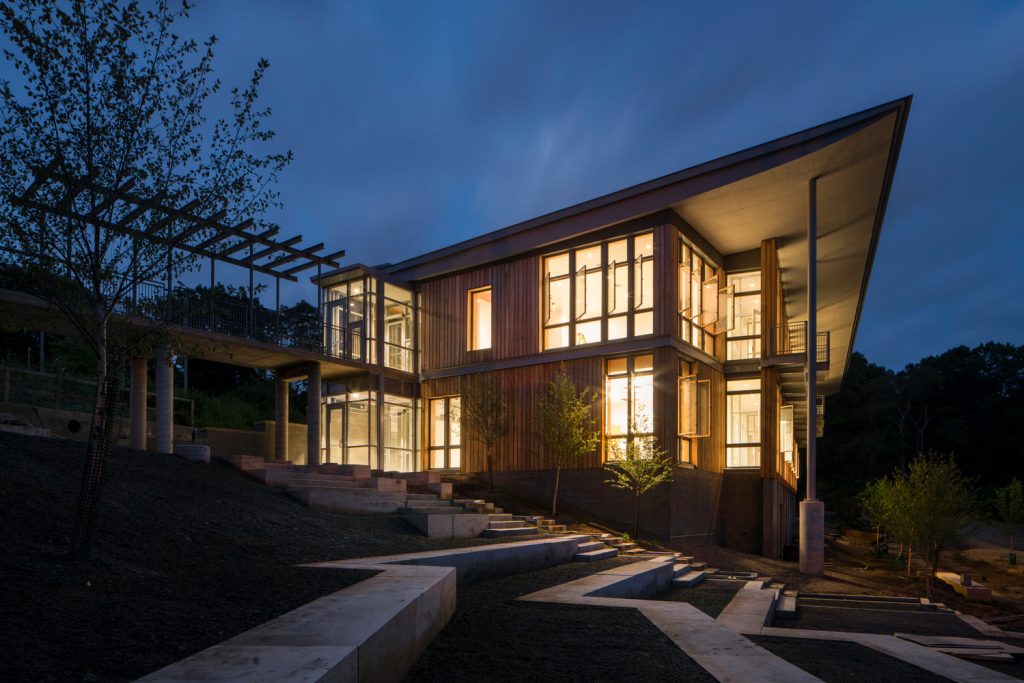
Location: Pittsburgh, United States
Architect: Bohlin Cywinski Jackson
LEED Certification: LEED Platinum
The Frick Environmental Centre (FEC), is a joint venture between the Pittsburgh Parks Conservatory and the City of Pittsburgh. It is the world’s first sustainable, free, and publicly accessible Living Building Challenge- a targeted project completed and opened to the public in the year 2016. The sustainable and efficient structure is known as a world-class center for environmental education.
The center is an environmental education center that showcases sustainability through its architecture that primarily integrates community interaction and the neighborhood. The self-sustaining building aims to create an example of how architecture and construction can seamlessly integrate with the natural surroundings. The building design aimed to create an energy-efficient structure, it uses 40% less energy and generates energy to self-sustain the structure through solar power generation. The LEED Platinum-certified green building is a net zero and net zero water building, making it an energy-efficient structure. Active and passive design strategies are utilized in designing this sustainable center such as; Rainwater harvesting and collection, Utilizing less carbon footprint, highly insulated wall cladding, locally sourced material for construction, natural ventilation, etc.
6. Shanghai Tower
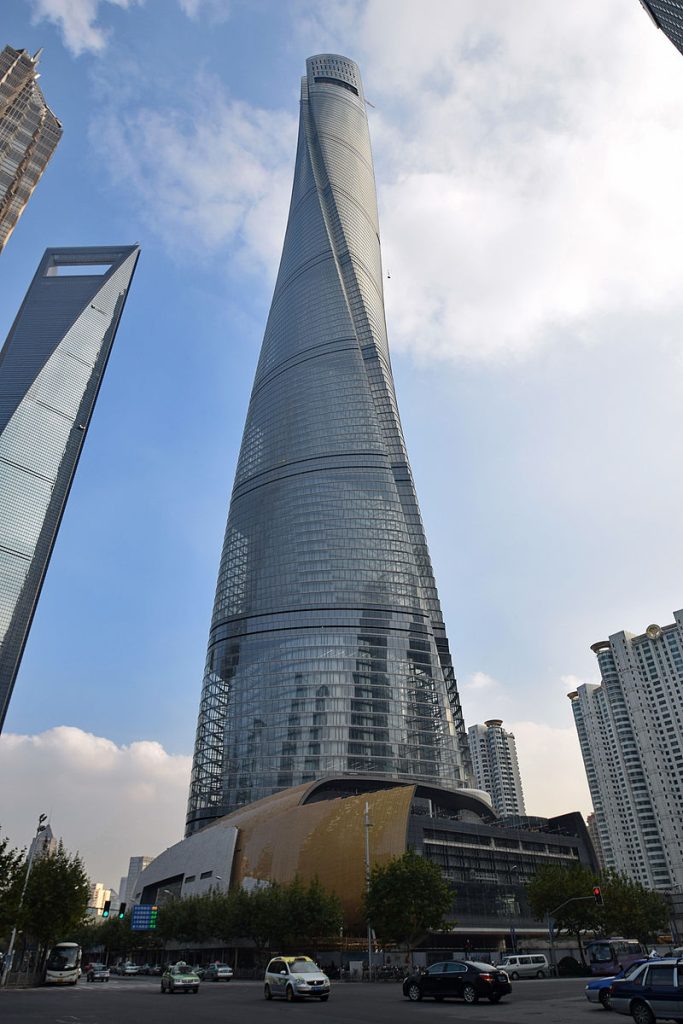
Location: Shanghai, China
Architect: Gensler
LEED Certification: LEED Platinum
The Shanghai Tower in China is the fourth tallest structure in the world with 128 storeys. It is situated in the heart of the Lujiazui Financial Zone in Shanghai’s Pudong New Area. It is one the tallest structures to gain the LEED Platinum certification for its green and efficient design. The tower utilizes various smart technologies to create a sustainable tower.
The mixed-use sustainable tower consists of various spaces, including a conference centre, retail spaces, entertainment, and cultural spaces. The efficient and sustainable tower is designed to save up to 54% on energy consumption. The iconic spiral form tower utilizes cutting-edge technologies and designs integrated with green spaces with extensive landscaping. The efficiency achieved in the tower is by creating a second transparent skin that wraps around the structure acting as an insulating layer reducing energy for heating/cooling. The green spaces and landscape areas are inserted in and around the building in nine zones covering one-third of the space, helping regenerate the air. The exterior façade composed of curtain walls with double glass windows helps reduce the carbon footprint. The top story of the tower is installed with wind turbines that help generate energy to illuminate spaces and save energy. Smart technologies are utilized to monitor energy consumption and savings.
7. Manitoba Hydro
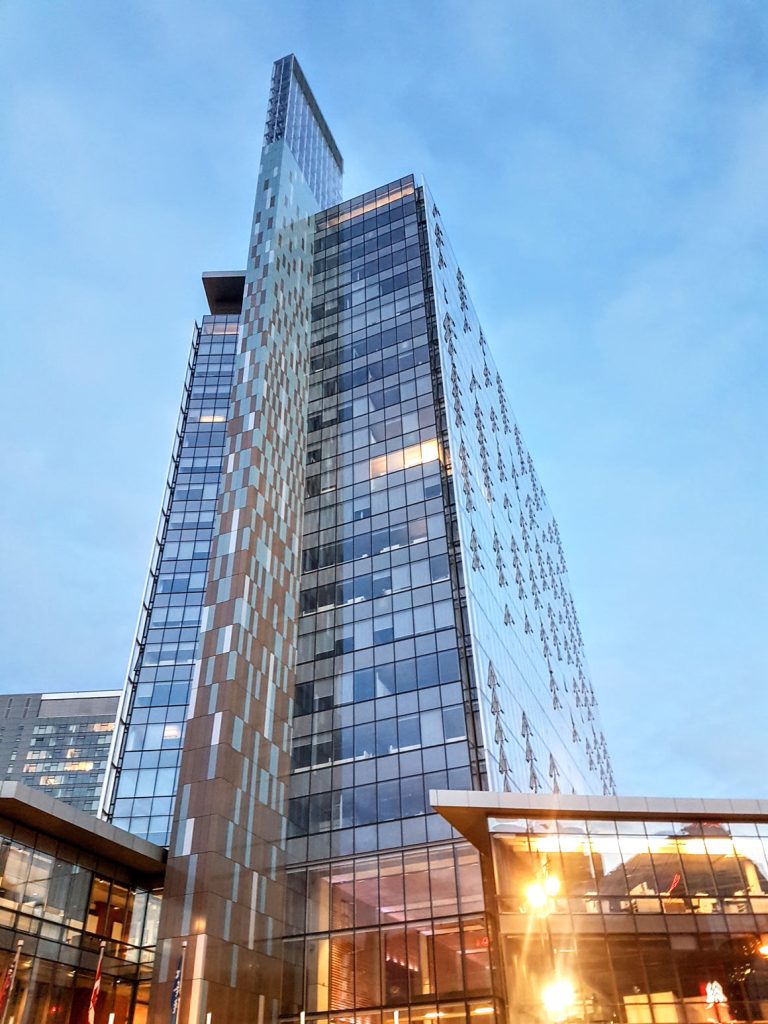
Location: Winnipeg, Canada
Architect: KPMB Architects
LEED Certification: LEED Platinum
Manitoba Hydro is an office tower designed efficiently and sustainably and accommodates Canada’s fourth largest energy utility. The 22-storey sustainable tower is designed with integrated innovative design and construction strategies, making it an energy efficient tower. The office tower was awarded LEED Platinum certification for creating a sustainable and dynamic living green building.
The tower is a sustainable and green building integrated through the architecture by integrating advanced technology and environmental concepts application. The office tower, compared to other structures, can comparatively reduce energy consumption by 70%. The tower utilizes advanced technology that makes the tower a living building that can dynamically respond to the climate and surroundings. The double-glazed outer wall of the tower helps regulate temperature and provide insulation to the building. Natural sunlight has been efficiently utilized by creating narrow floor plates with tall floor-to-ceiling glazing, helping sunlight to penetrate inside. The exterior façade composed of louver sun shades helps regulate glare and heat gain. The design utilizes environmental design concepts, such as reducing energy consumption, water usage, waste generation, and greenhouse gas emissions.
8. Taipei 101
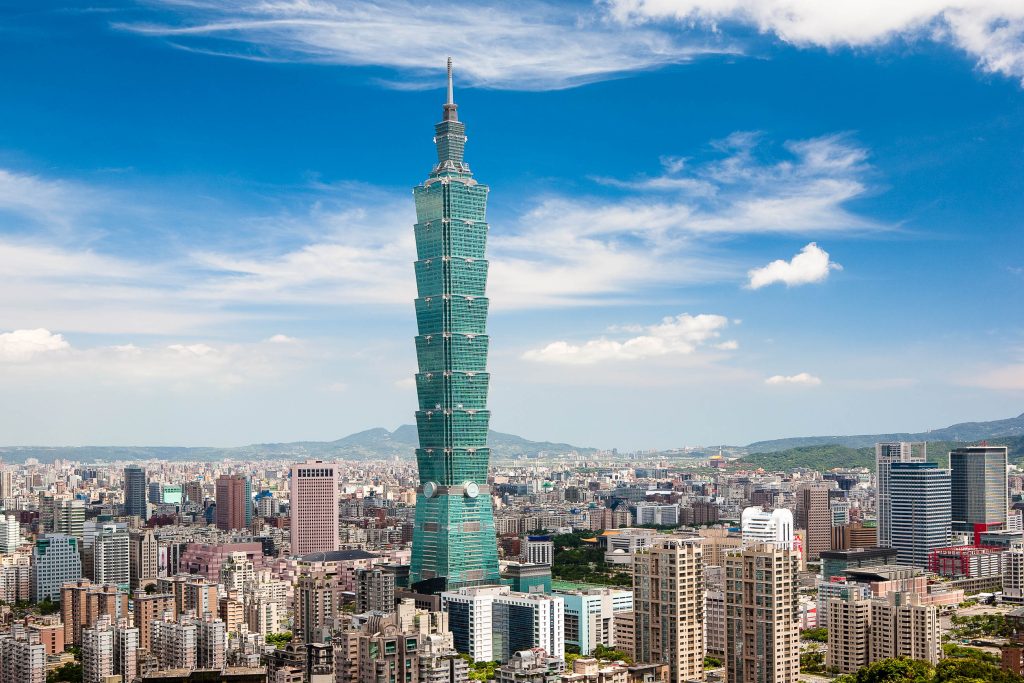
Location: Taipei, Taiwan
Architect: C Y Lee & Partners
LEED Certification: LEED Platinum (Three-time certification)
Taipei 101, formerly known as Taipei World Financial Center, was one of the tallest buildings in the world (2004-2009). It is one of the tallest sustainable skyscrapers in the world, with a three-time LEED Platinum certification. The tower received its first LEED Platinum certification in 2011, LEED v4 Platinum certification in 2016, and a third time in 2021 with LEED v4.1 Platinum certification.
The tower has been awarded the title “World’s Tallest Green Building” due to its energy-efficient design concepts that save energy and reduce carbon emissions. The tower is composed of 2 structures: the tower (commercial plazas and offices) and the lower building complex. The design of the tower is efficient and sustainable since it is efficient against environmental hazards (Hazard-prone regions) and sustainable with integrated green features. The tower has been designed to be stiff against hazards yet flexible to survive earthquakes. Energy efficiency is one of the primary sustainable green features integrated into the design. The tower has been integrated with several energy-saving and sustainable design features such as rainwater harvesting, water management system, thermal energy storage, low E glass, etc.


